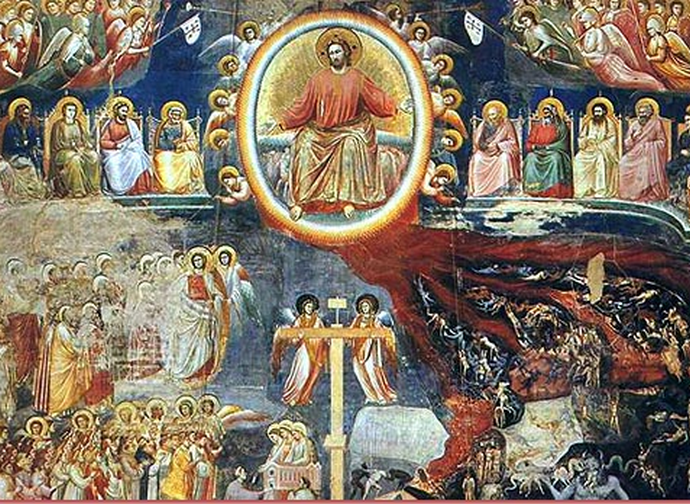Ash Wednesday
Ash Wednesday marks, in the Roman rite, the beginning of Lent, that is, of the "intense" liturgical period and of a special call to penance ending before the Holy Thursday Mass in Coena Domini.

Ash Wednesday marks, in the Roman rite, the beginning of Lent, that is, of the "intense" liturgical period and of a special call to penance ending before the Holy Thursday Mass in Coena Domini.
The ashes indicate the transience of man and therefore his mortal condition, the consequence of original sin. Meménto, homo, quia pulvis es, et in púlverem revertéris, that is: "Remember, o man, that you are dust and to dust you will return" – so recites the first liturgical formula (the only one in use in the "extraordinary form" of the Roman Rite), based on Genesis (Gen 3:19) and pronounced by the priest during the rite of imposition of the ashes. Alternatively, the celebrant can use a second formula, introduced with the liturgical reform of 1969, that refers to the beginnings of Jesus' preaching: "Repent, and believe in the Gospel" – Paenitémini, et crédite Evangélio (Mk 1:15).
Traditionally, the ashes placed on the heads of the faithful are obtained by burning the olive branches blessed on Palm Sunday of the previous year. In addition to the story that follows the fulfilment of original sin, the theme of the ashes occurs several times in the Holy Scriptures as a sign of the plea that mankind, acknowledging to be fragile in need of grace, addresses God. Thus, for example, after Jonah's preaching to Nineveh – the city called to convert so as not to be destroyed by God – not only did the common citizens proclaim a fast but also the king "rose from his throne, laid aside his robe, covered himself with sackcloth, and sat in ashes" (Jn 3: 6). In Judith's book, as the Israelites are besieged by Holofernes' troops and tempted to yield, it is the heroine who trusts in the Lord to bring her people to liberation, after having done penance and sprinkling her head with ashes. In a similar way, Queen Esther too became an instrument of salvation.
Ash Wednesday therefore recalls the need for all persons to return to God, as the liturgy urges in the first reading –"return to me with your whole heart ..." (Joel 2: 12), and to become strong in Him, by renouncing ephemeral things in order to open up to eternal ones. The faithful are called to conform to their Lord, and in this sense the Lenten season recalls the 40 days spent by Jesus – in fasting and prayer – in the desert. There, just before starting His public ministry, He was tempted by the devil and resisted.
Penance, increasingly less understood by the world, yet an indispensable weapon in the spiritual battle, thus helps the Christian to accept crosses and overcome trials on earth, while waiting for the eternal reward. Specifically during Lent, penance helps prepare and participate worthily in the mysteries of the Death, Passion and Resurrection of Jesus. How can this be practised? The Catechism teaches: "The interior penance of the Christian can be expressed in many and various ways. Scripture and the Fathers insist above all on three forms, fasting, prayer, almsgiving, which express conversion in relation to oneself, in relation to God and in relation to others" (CCC 1434).
On Ash Wednesday, the faithful are required to observe abstinence from meat and fasting. As indicated in the Code of Canon Law, abstinence from meat is required on all Fridays of the year, except on days when a solemnity is celebrated (Can. 1251). Fasting, which is part of the fourth precept of the Church, favours the acquisition of "mastery over our instincts and freedom of heart" (CCC 2043): it strengthens the will and frees it from the satisfaction of ephemeral things, by increasingly directing it to God. Therefore, it is a sign of vigilance in a Christian and, as Jesus teaches, of waiting for the Bridegroom.
***
Today we also celebrate the Chair of St. Peter




